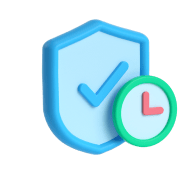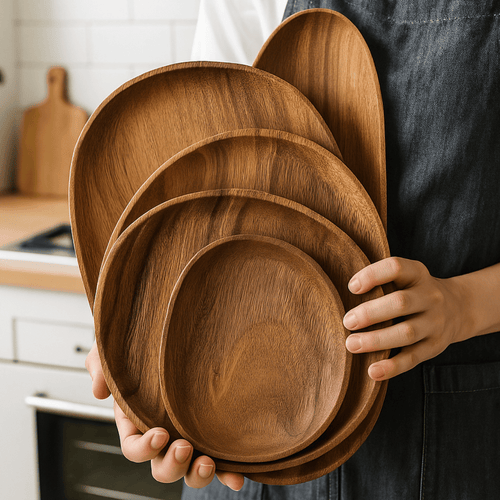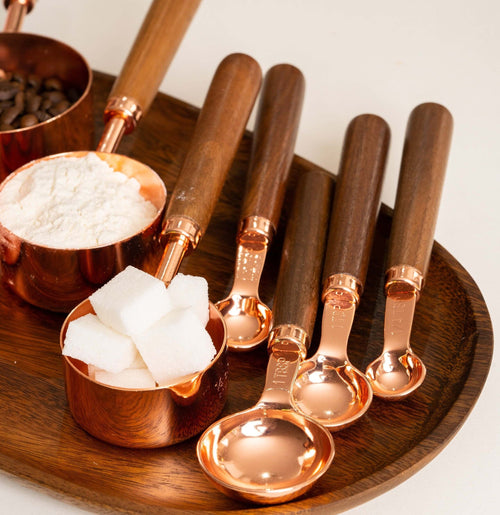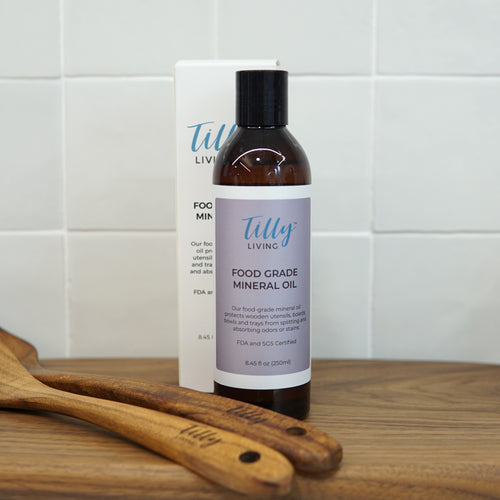Imagine sitting down for a homemade meal with your family—fresh veggies, juicy meat, hearty grains. Everything looks perfect. But what if I told you that lurking in your meal could be tiny invaders, invisible to the naked eye, quietly hitching a ride into your body? Yep, we're talking about microplastics. And they might be sneaking in through something as innocent as your chopping board.
Why You Should Worry About Microplastics
Research shows that microplastics can interfere with human hormones, affect gut health, and even carry toxic chemicals into our bloodstream. Think of them as unwanted hitchhikers with a suitcase full of trouble.
Now, if the idea of plastic in your fish fillet isn’t alarming enough, here's a kicker: it’s not just seafood. From salt to honey, microplastics have been found in foods we consume daily.
Common Plastic Cutting Boards – A Health Hazard?
At first glance, plastic chopping boards seem like a convenient and cheap option. But here's the ugly truth: over time, knives cause deep grooves, which not only harbor bacteria but also lead to plastic shedding. Those tiny scratches are more dangerous than they look.

How Plastic Boards Break Down Over Time
The dishwasher heat, harsh soaps, and constant cutting action wear plastic down rapidly. Eventually, the board becomes brittle and unsafe, potentially releasing microplastic fragments into your family’s meals. That’s not just gross—it’s risky.
Protecting Your Family with Better Kitchen Tools
So what’s a health-conscious cook to do? Switch to smarter, safer materials. Wooden chopping boards, especially well-crafted ones, are naturally antibacterial, durable, and best of all—free from microplastics.
Meet the GrainBond Chopping Board
Enter the hero of our story: the GrainBond Chopping Board. Designed with your family’s health in mind, this board checks all the right boxes.

Why GrainBond is a Game-Changer
-
Microplastic-Free: It’s a wood-fiber board—so no risk of synthetic particles.
-
Groove Design: A thoughtfully added groove catches all those juicy bits when slicing fruits, meats, and veggies, keeping your counter clean.
-
Anti-Slip Bottom: Ever had your cutting board slide mid-slice? Not with GrainBond. Its sturdy grip ensures stability every time.
-
Hygienic by Nature: GrainBond isn’t just functional—it’s clean and safe. Unlike plastic, it doesn’t absorb smells or foster bacteria in knife scars. A quick wash, and it’s good to go!
- Built with Your Health in Mind: Made with food-safe materials and no harmful chemicals like BPA, GrainBond is perfect for families who want the best without compromising on safety.
FAQs.
Can plastic cutting boards really harm my food?
Yes. Over time, plastic boards degrade, releasing microscopic particles that can stick to your food—especially when they have knife grooves and scratches.
What makes GrainBond safer than plastic alternatives?
GrainBond is made from safe, non-plastic materials and designed for hygiene and ease. It features a juice groove and anti-slip base, helping keep your kitchen clean and safe.
Will GrainBond damage my knives like glass or cheap plastic boards do?
Not at all. GrainBond is designed to be gentle on your blades, preserving their sharpness much longer than harder or low-quality surfaces.
Bonus: Consider Our Premium Walnut Chopping Boards
Looking for something a little more luxe and 100% natural? Our Walnut Wood Chopping Board and the Handle Version offer a rich, elegant look with the same dedication to safety and sustainability.
Maintain Your Wooden Boards Properly
Want your wood boards to last for years? Treat them right with our Food Grade Mineral Oil. It prevents cracking, warping, and keeps the surface smooth and safe.
Eco-Friendly Choices = Healthier Families
It’s easy to overlook something as simple as a cutting board, but when it comes to microplastics, the devil is in the details. By making mindful choices—like ditching plastic and embracing products like GrainBond—you’re doing so much more than prepping food. You’re protecting your home, your family, and your health.

So next time you’re chopping onions or slicing apples, ask yourself: What’s really under your knife?








